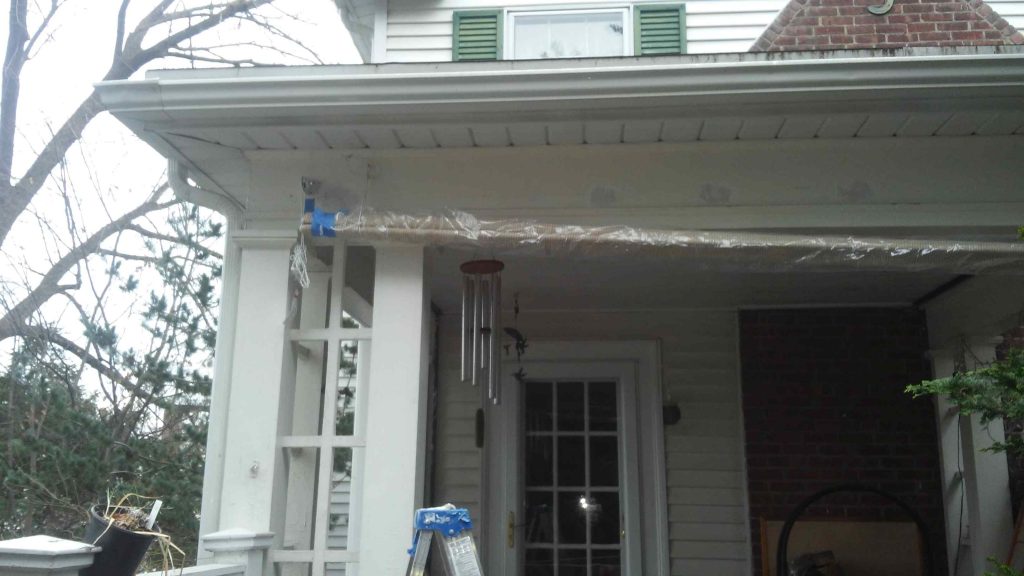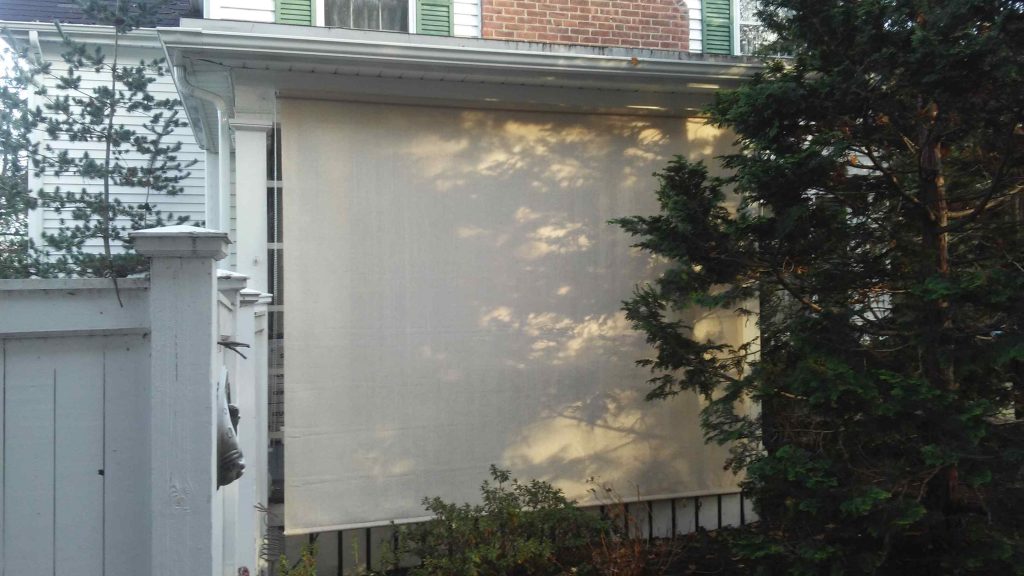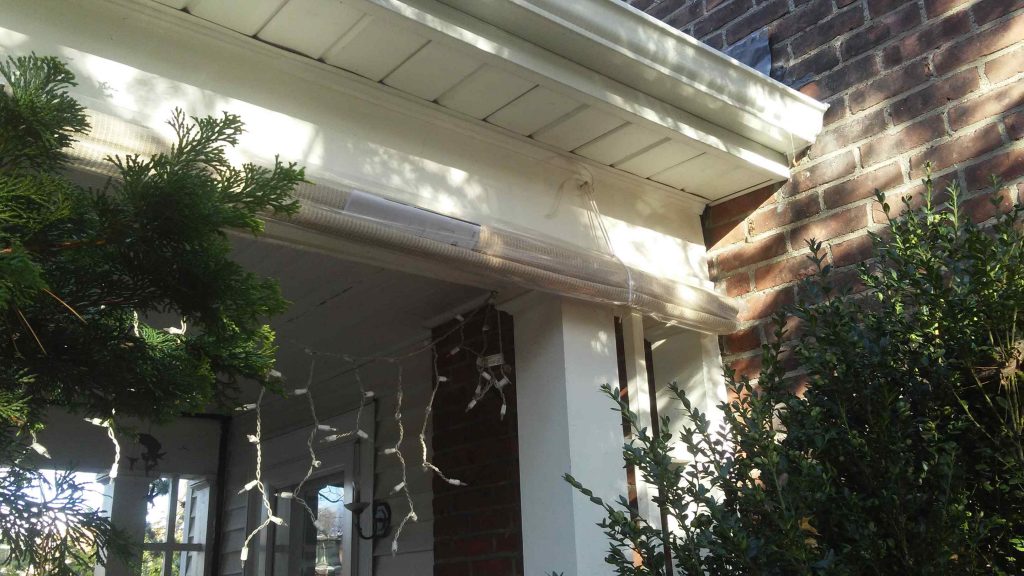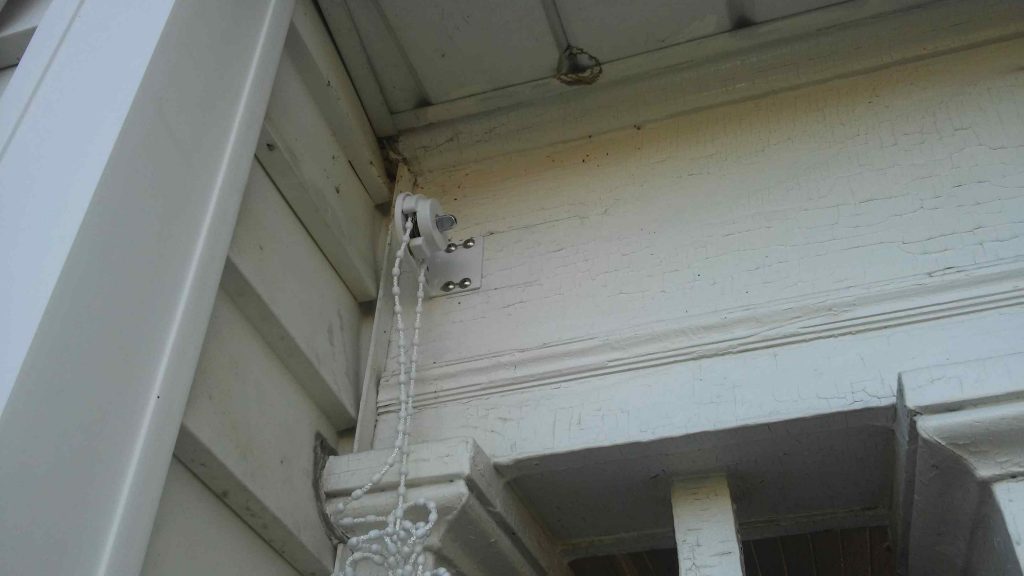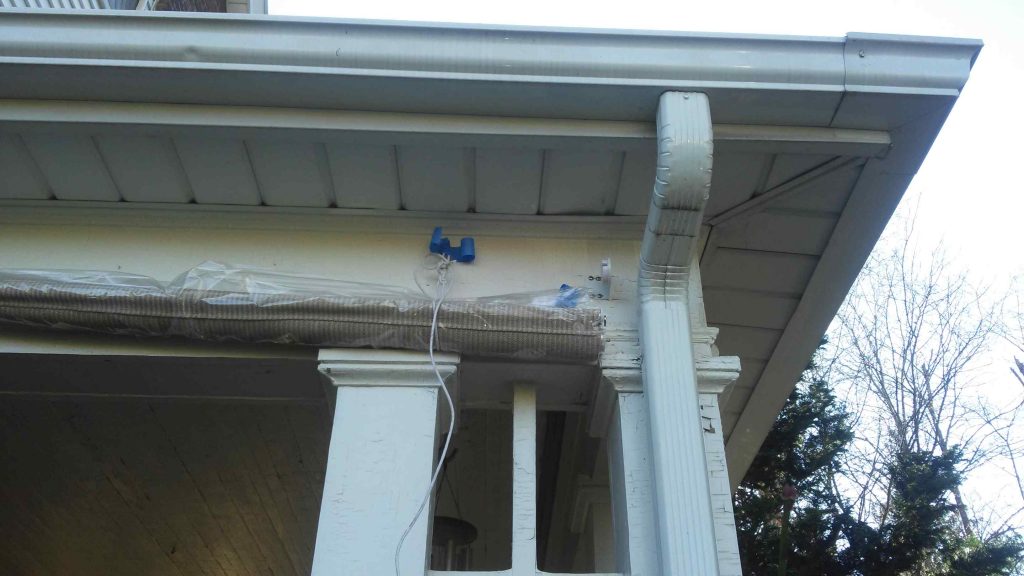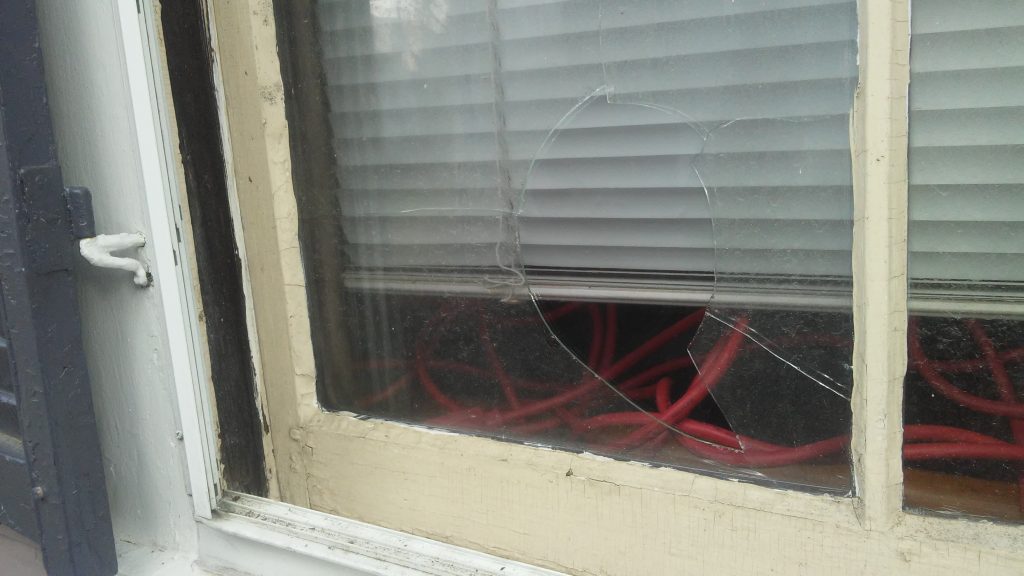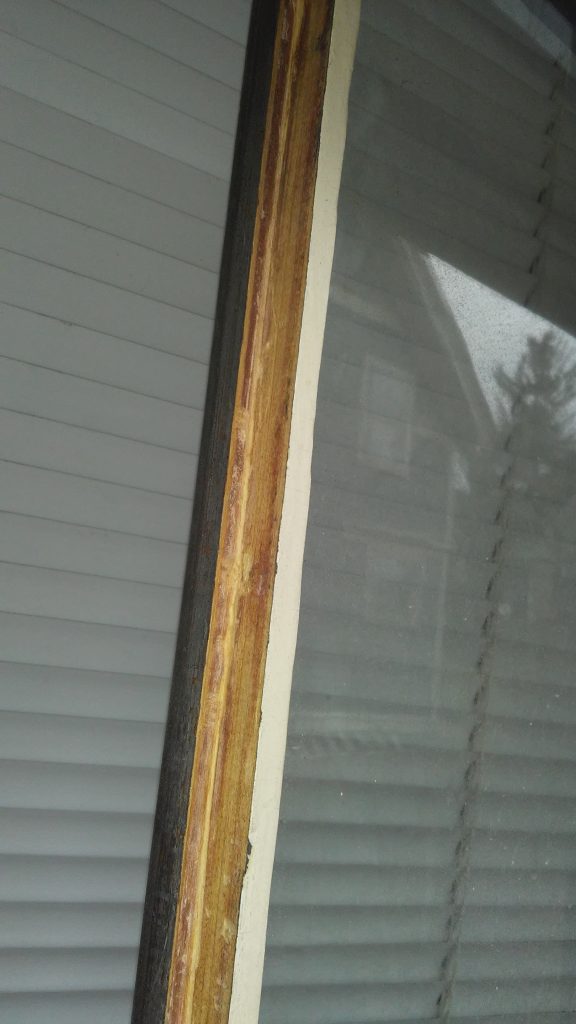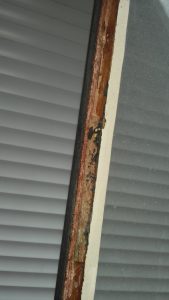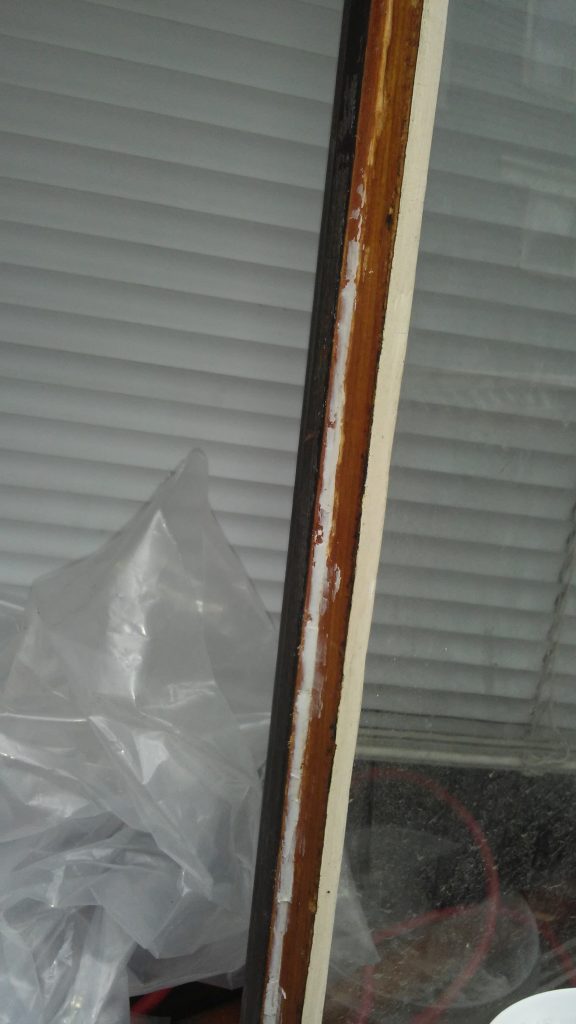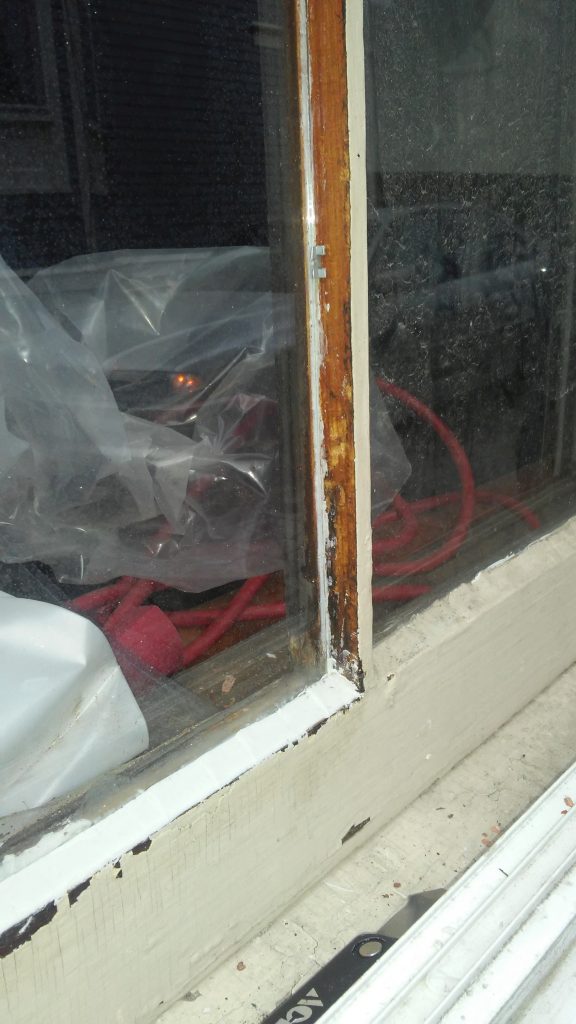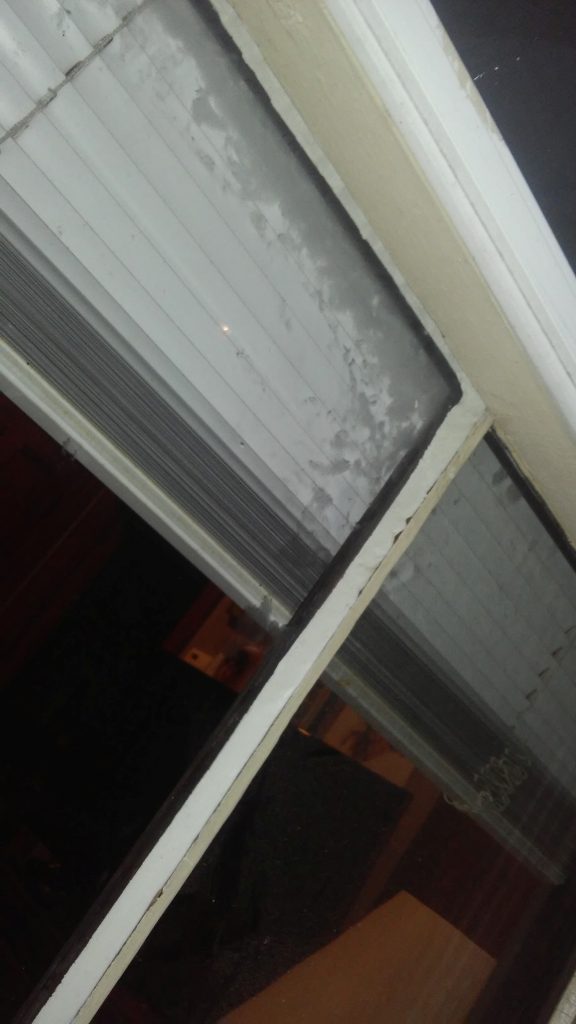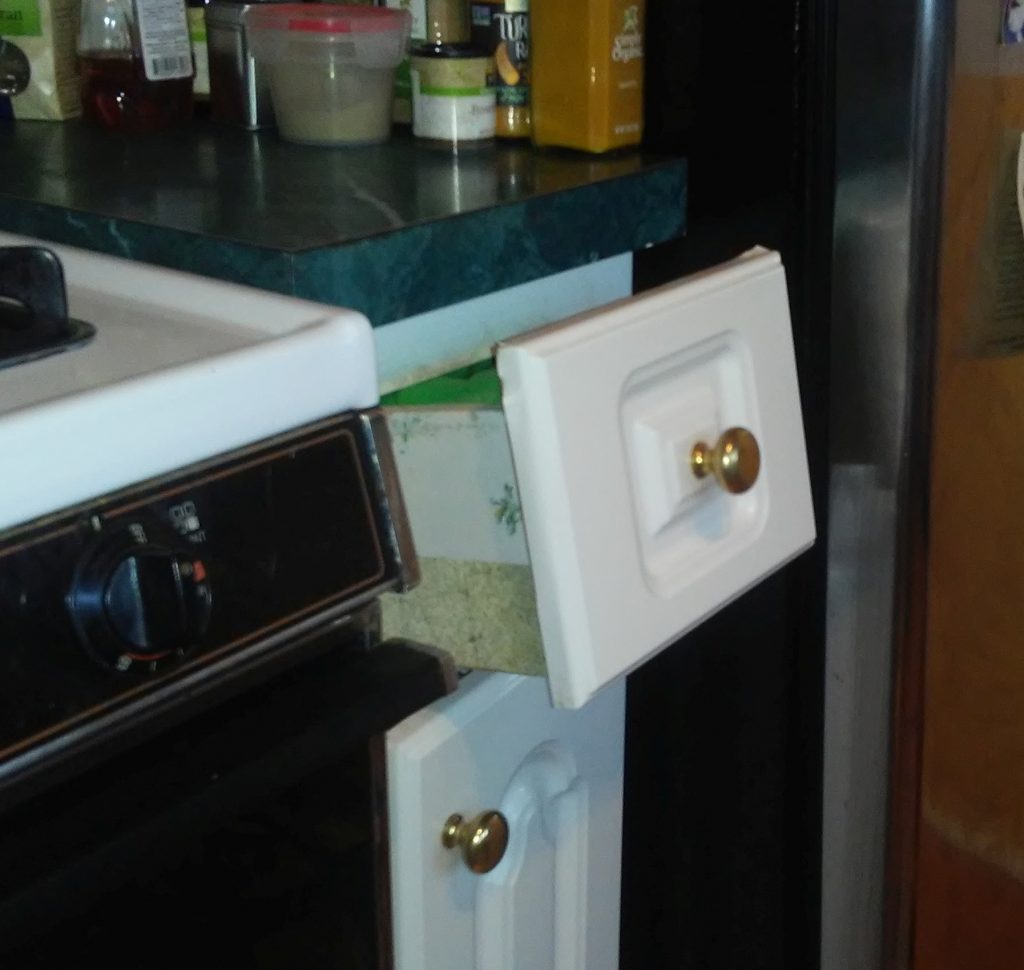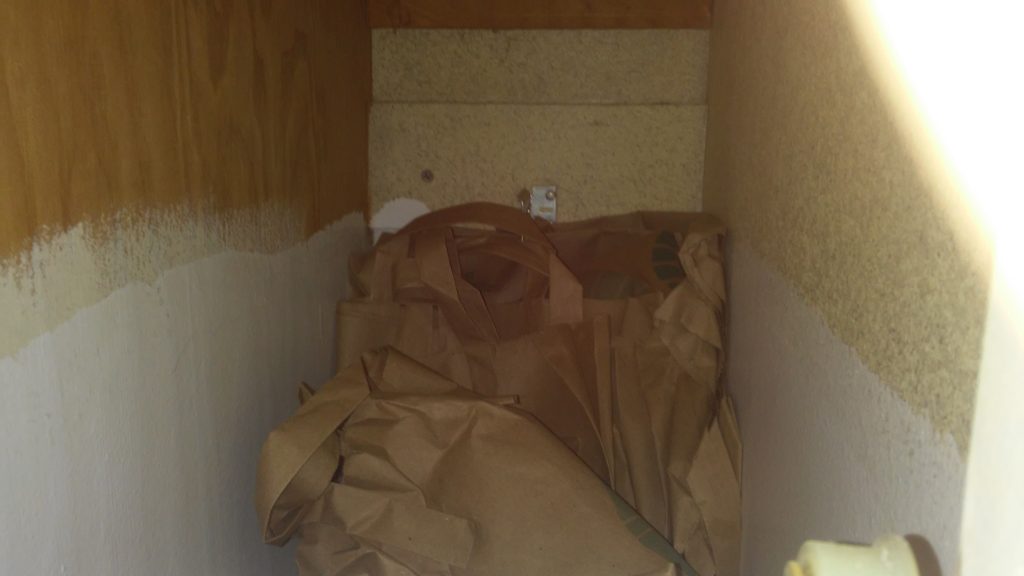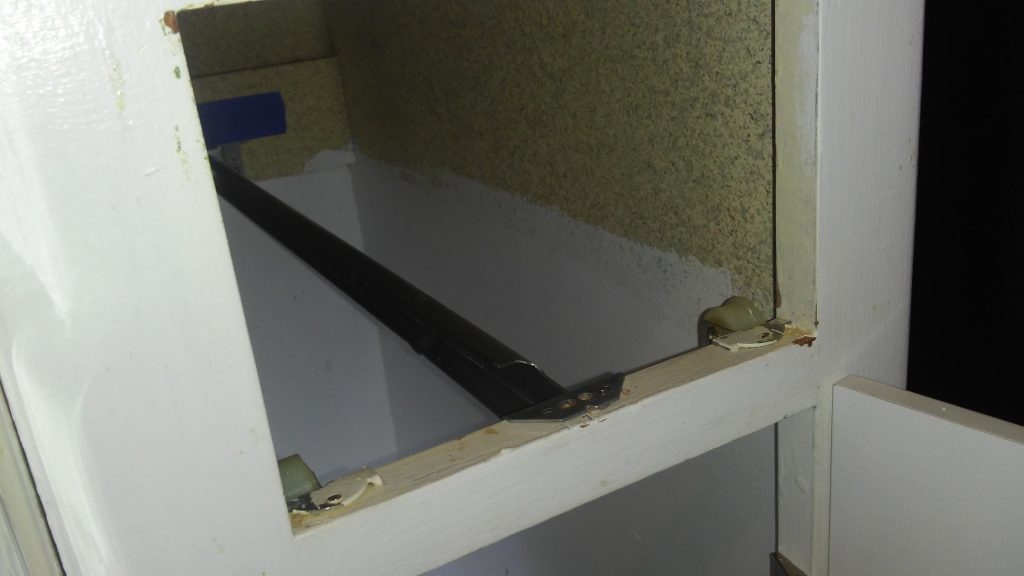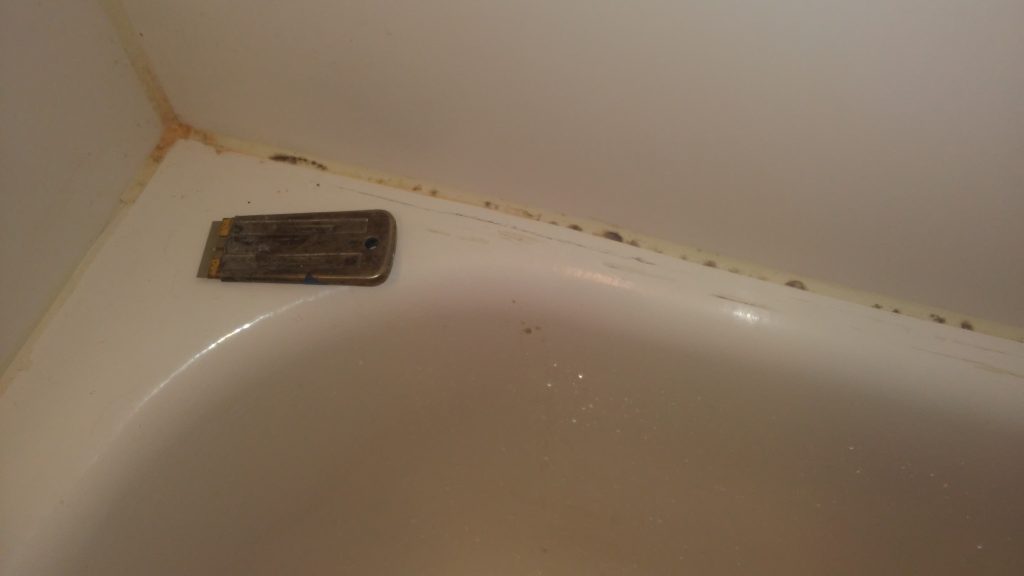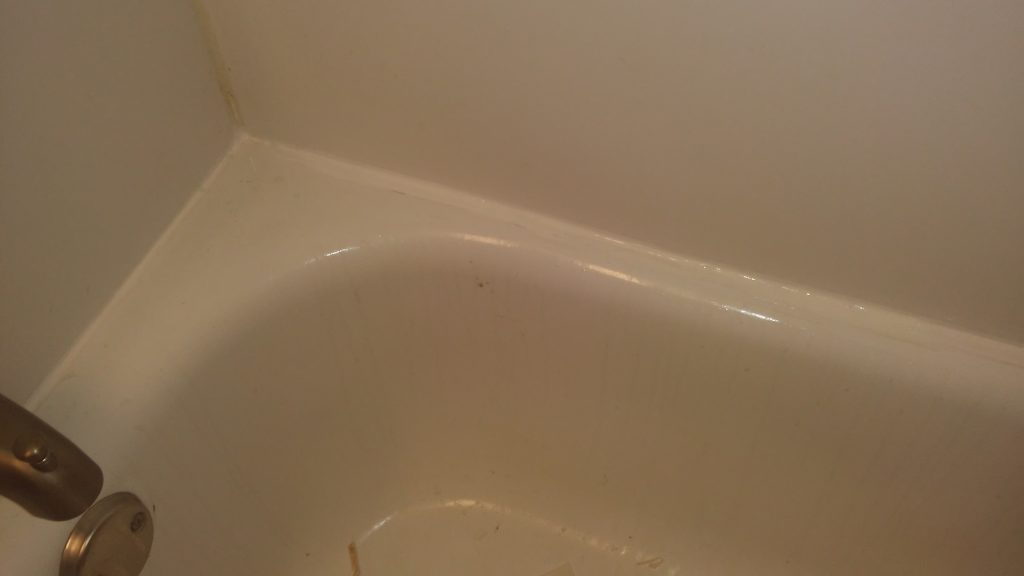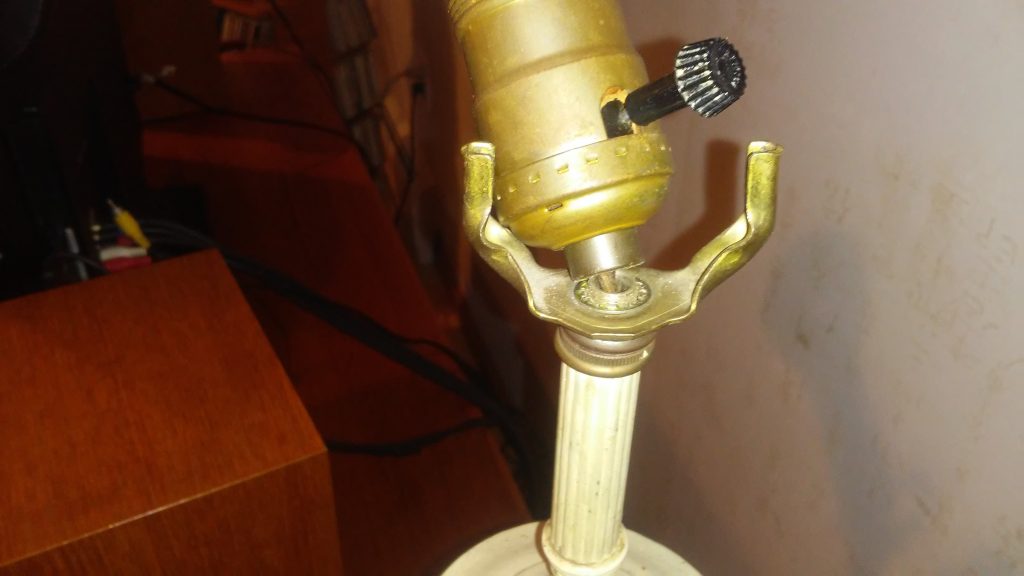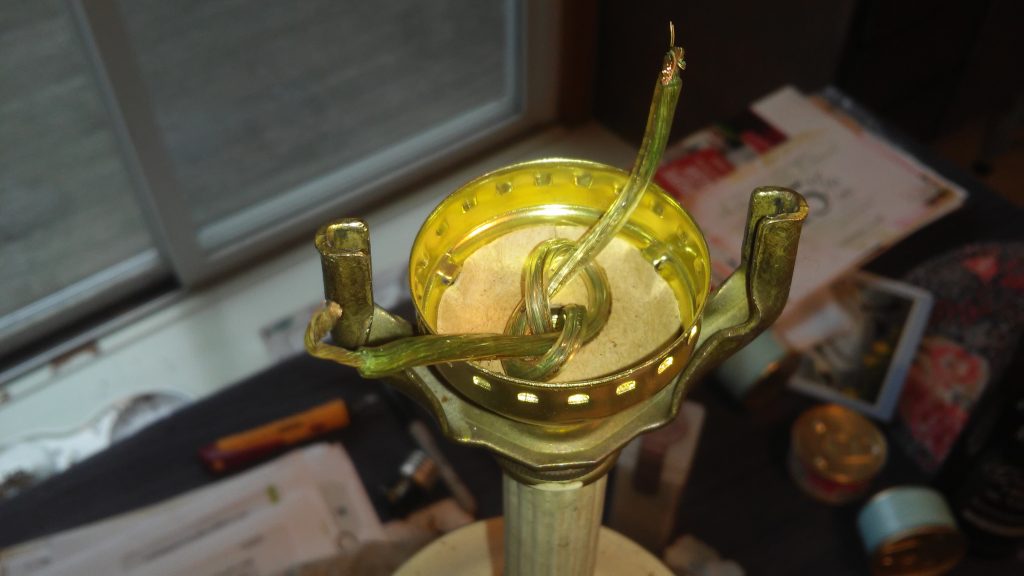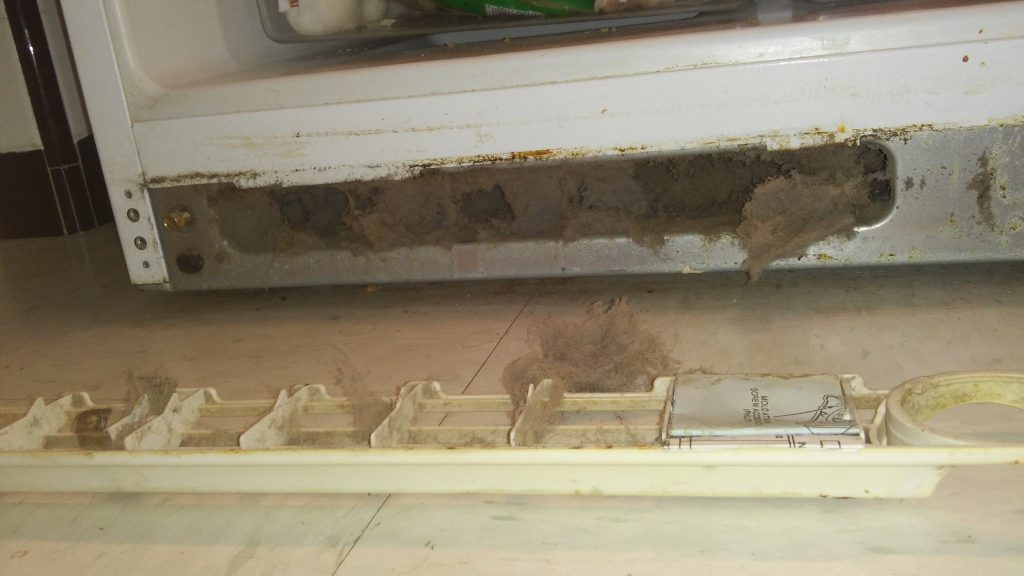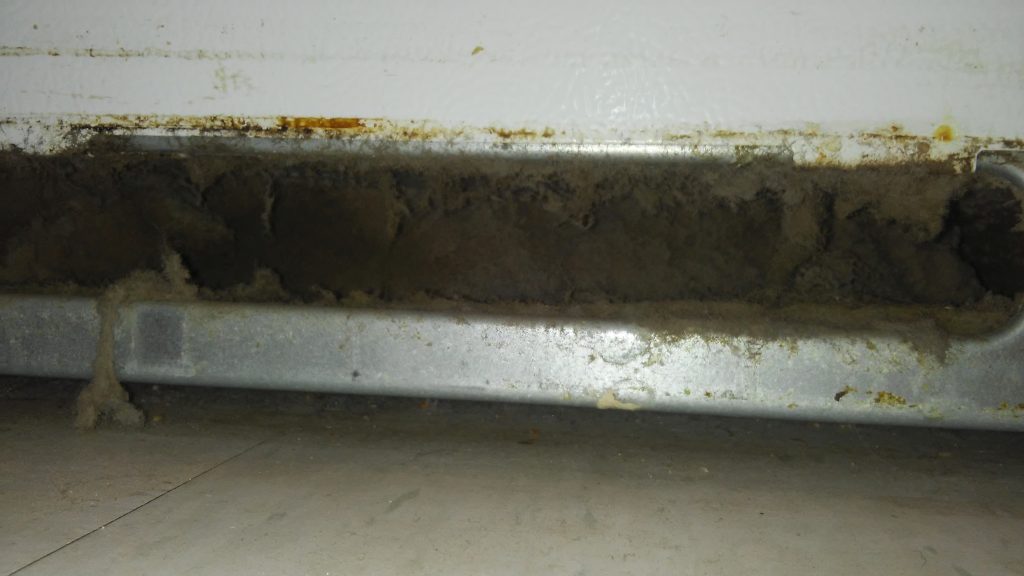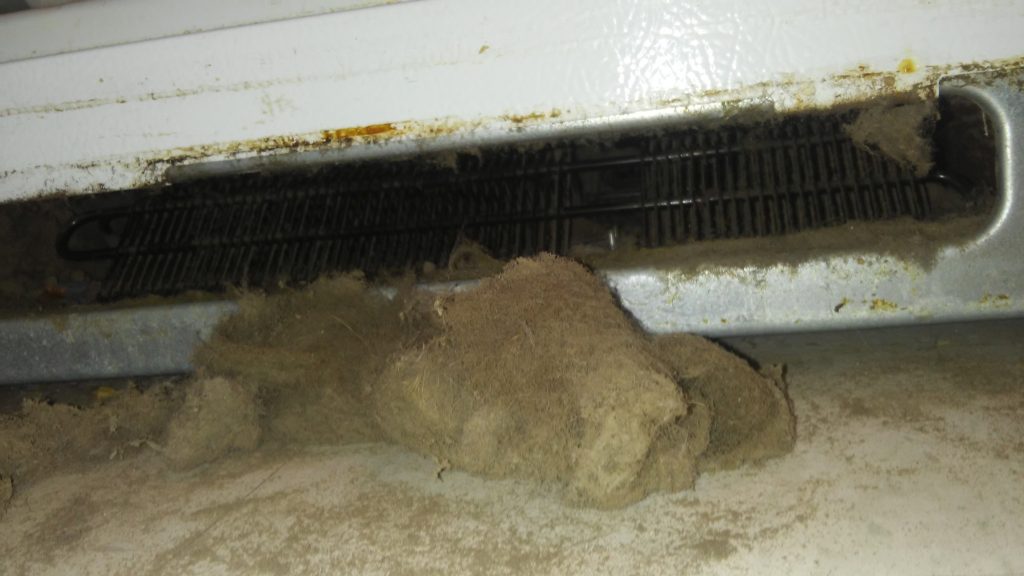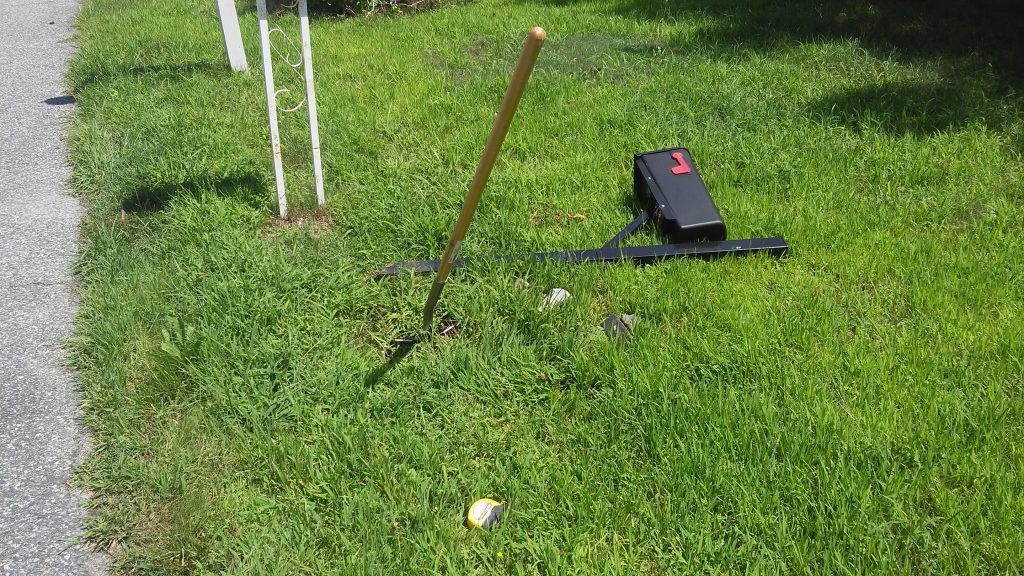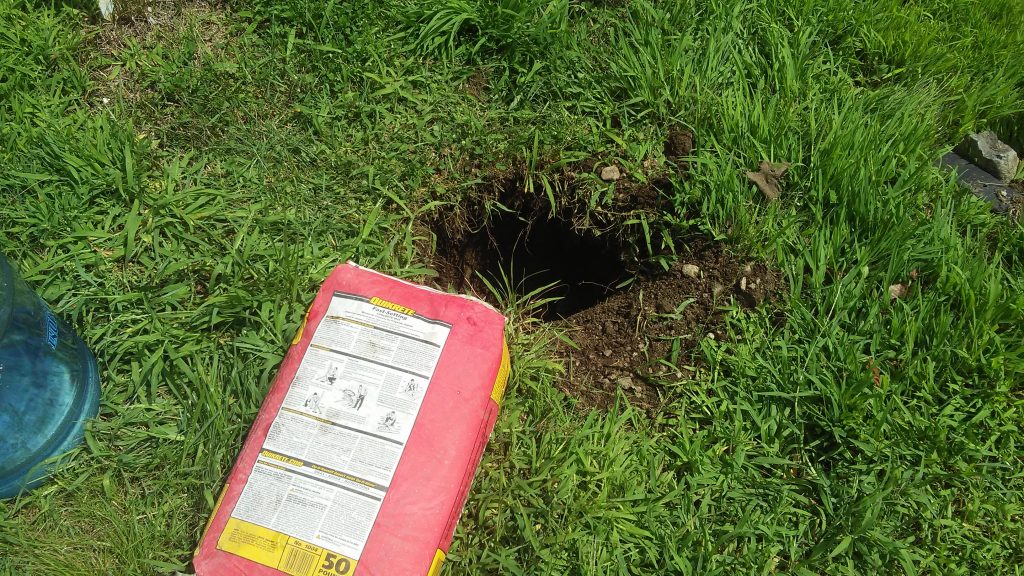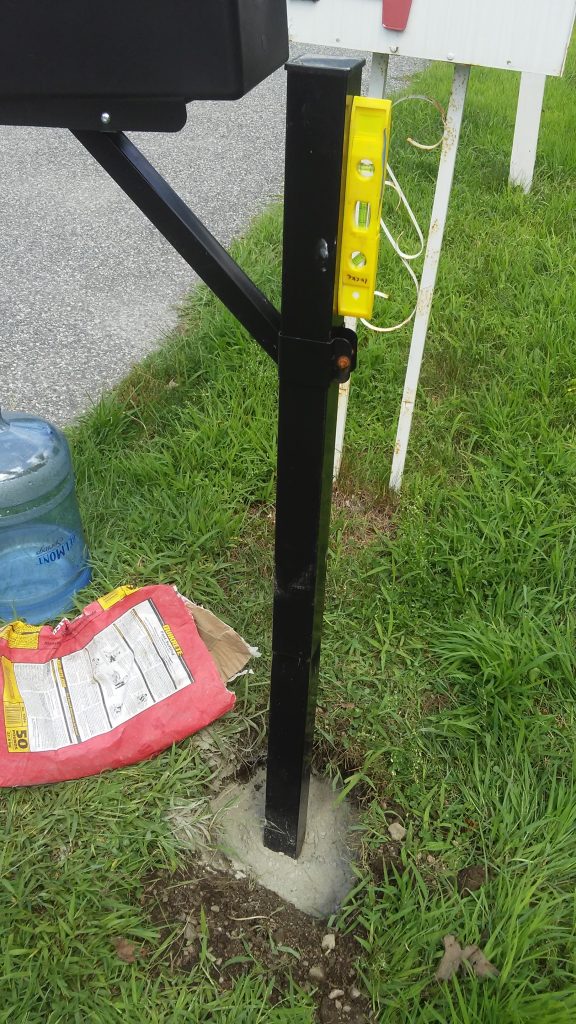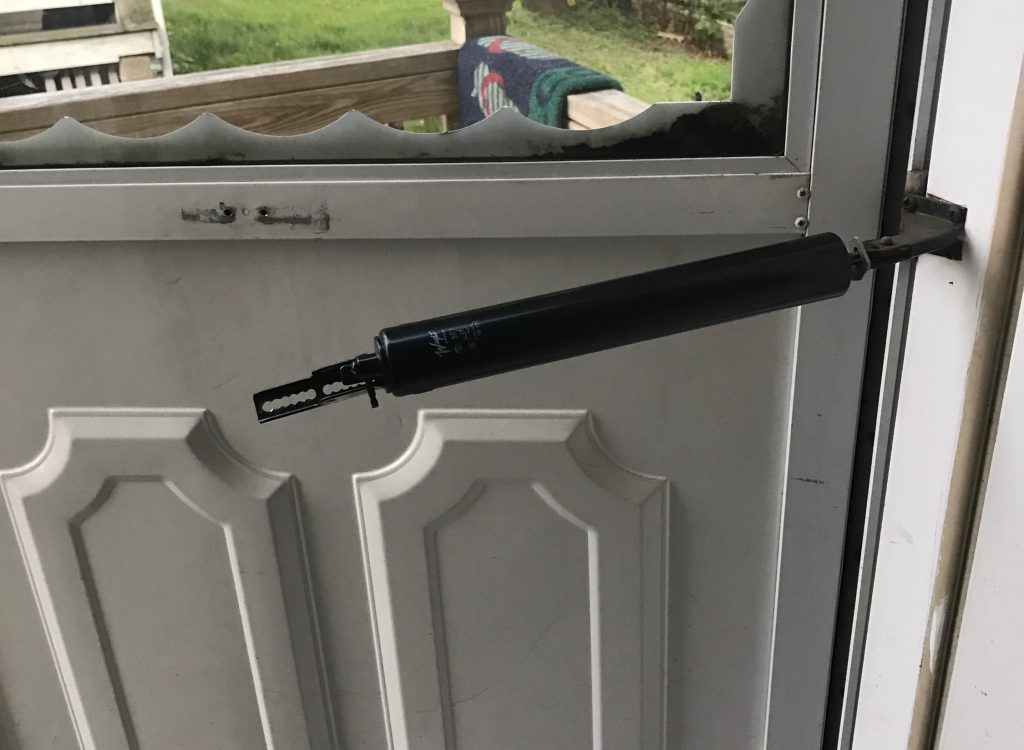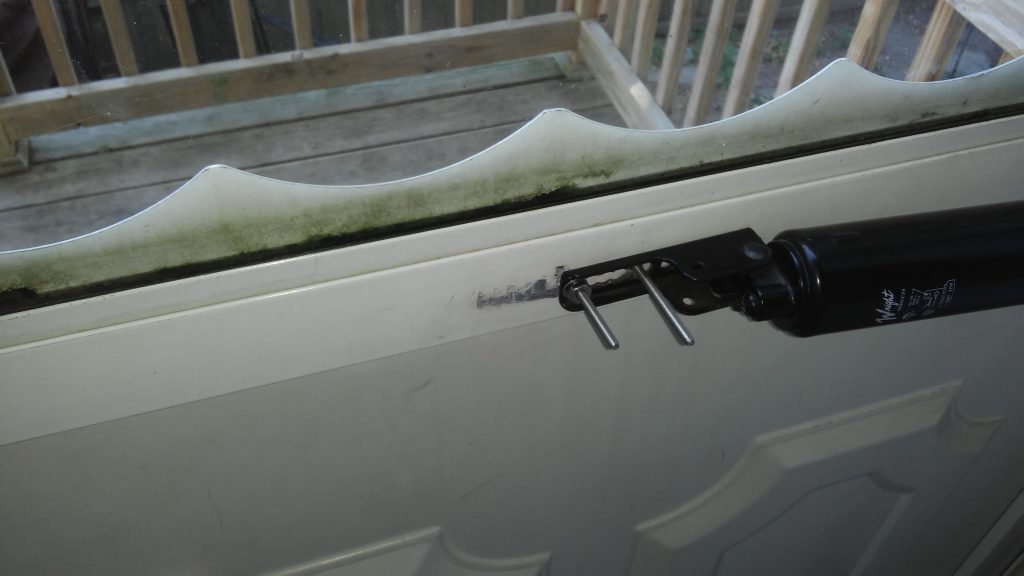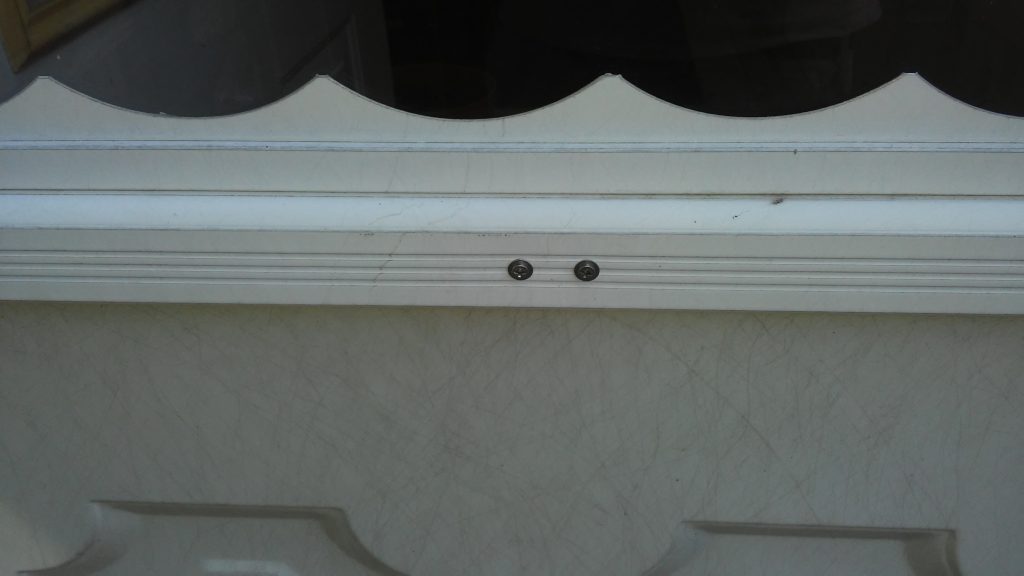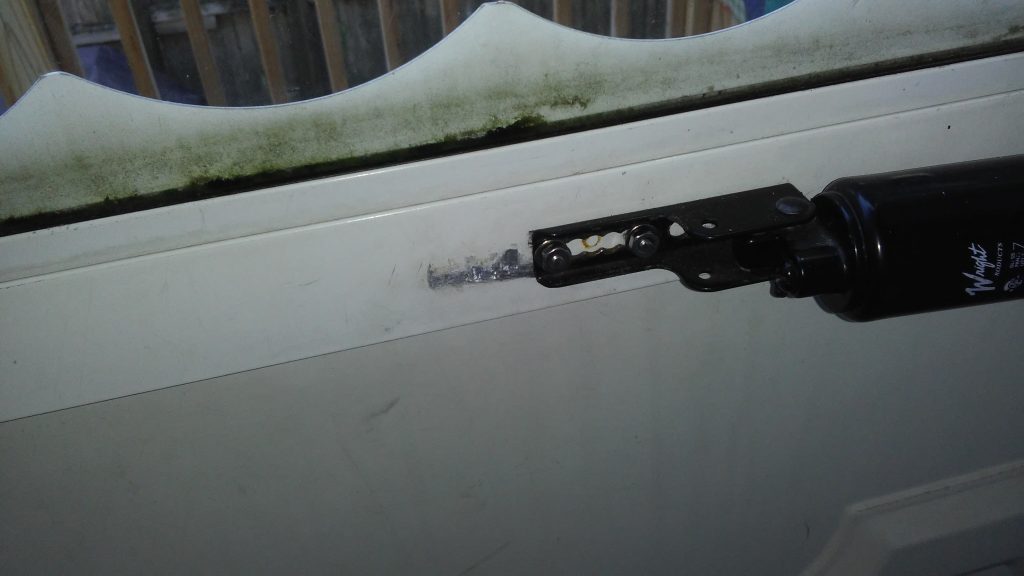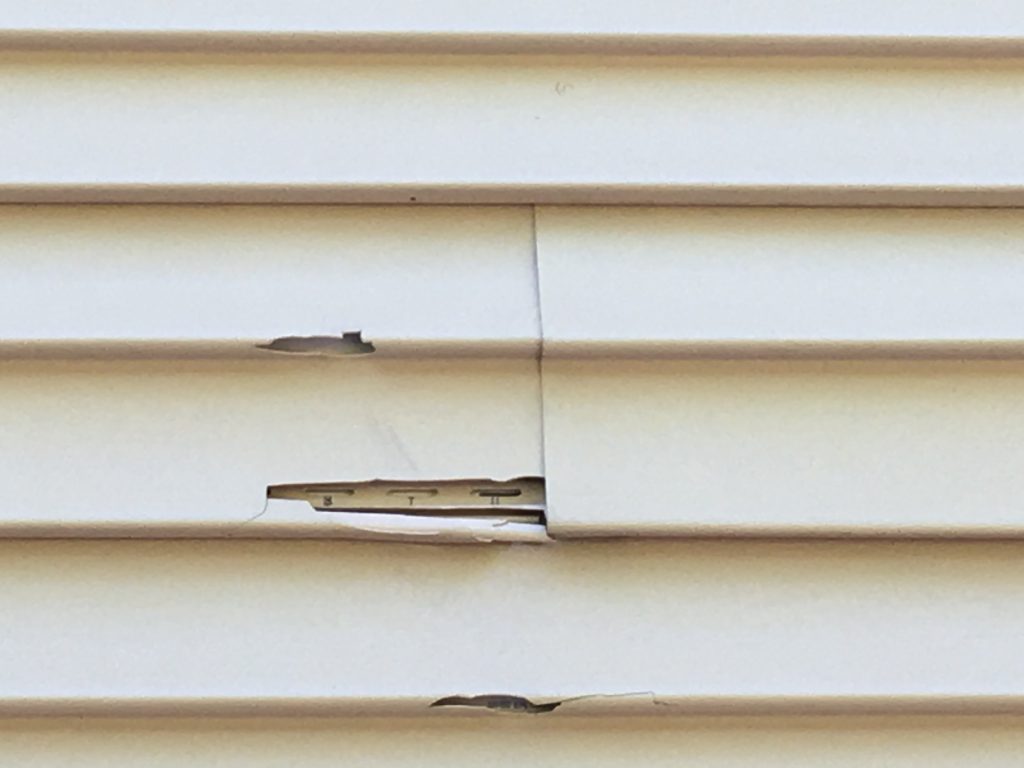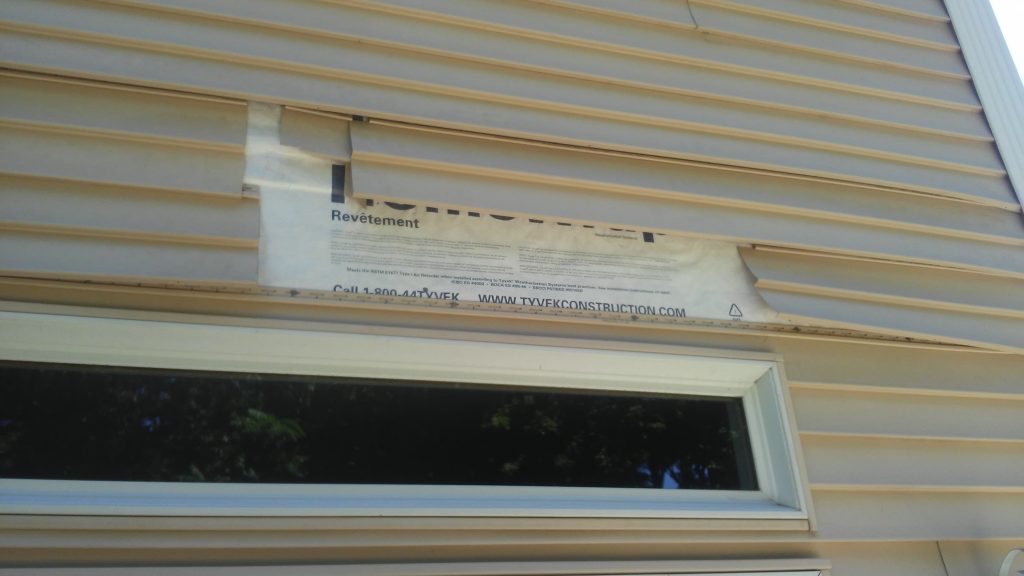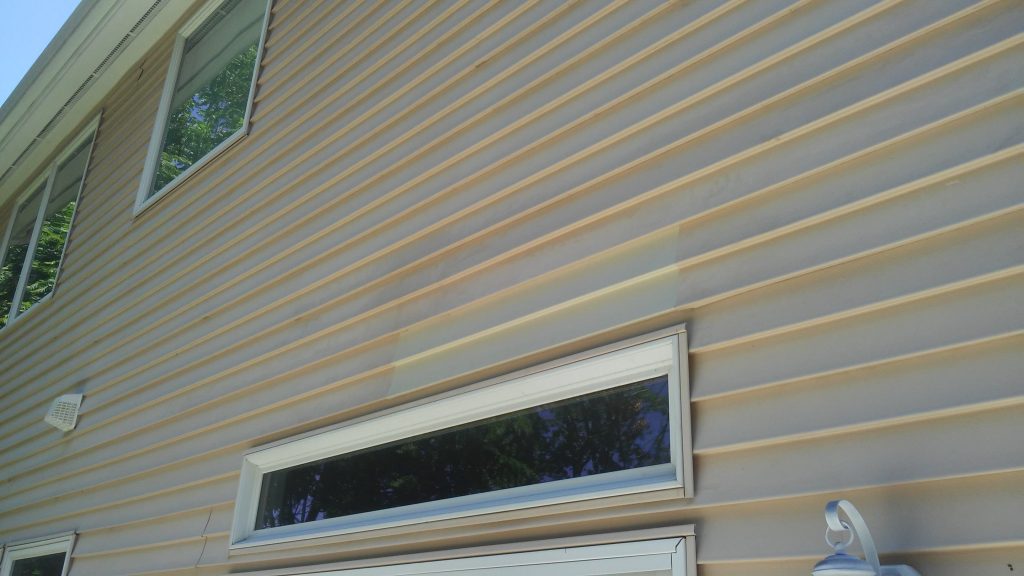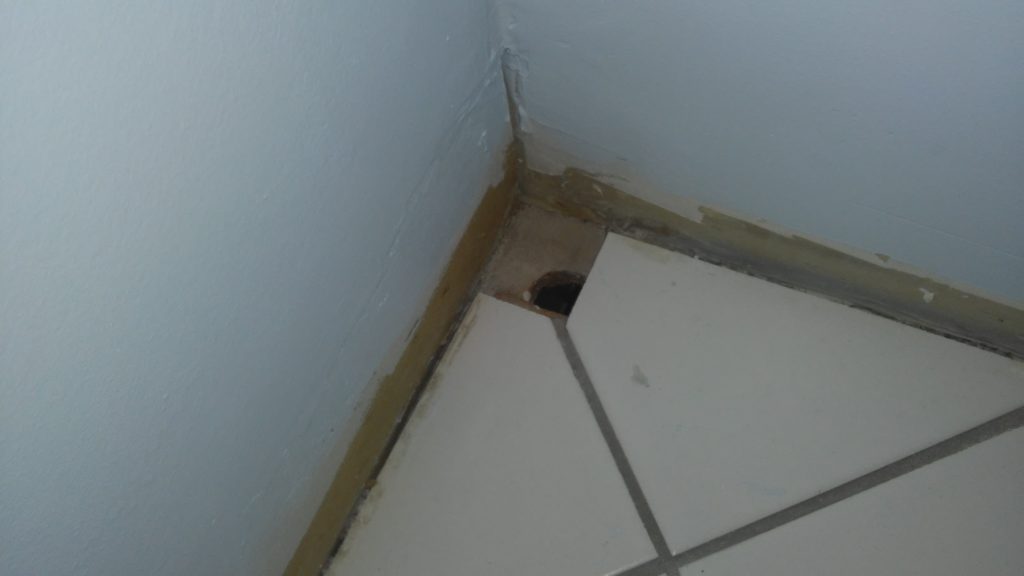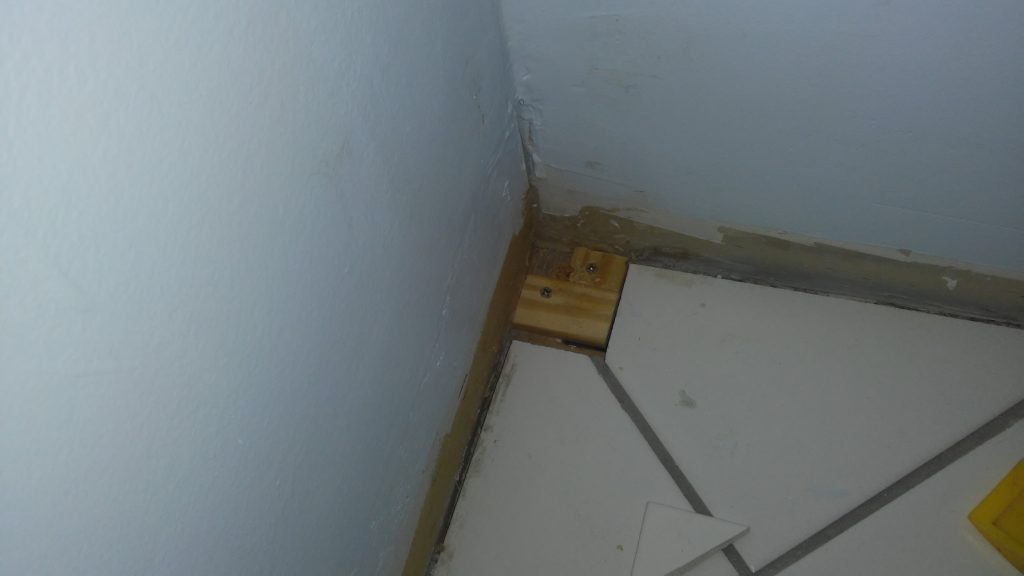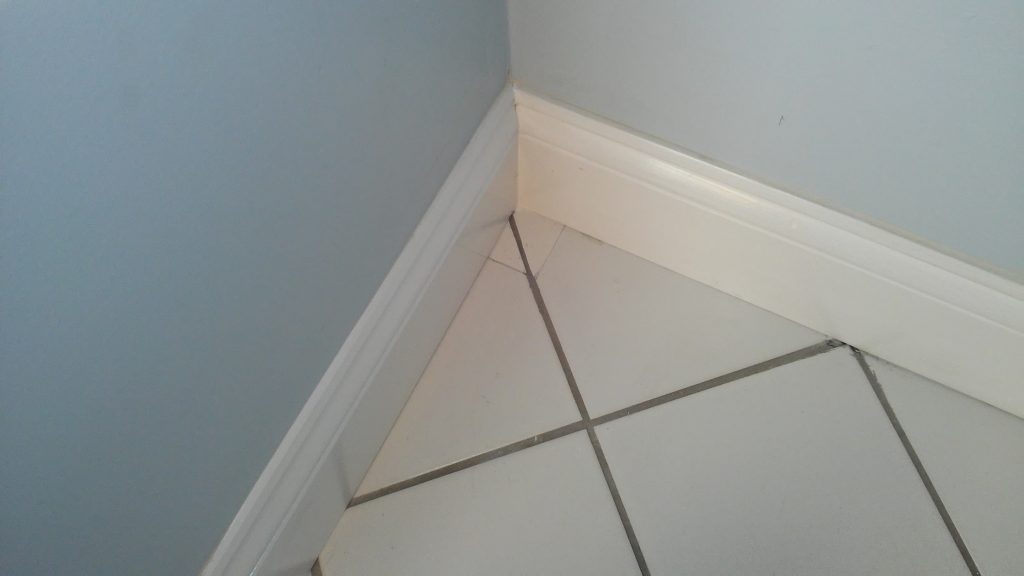A regular client asked me to install some large screens on his porch. I had never done anything quite like this before so I tread lightly and carefully. We went back and forth a LOT on the color and fabric and also whether they would hang inside or outside. One of his main goals was to keep snow off this porch so we went for outside. First, a before pic, where a less than ideal, always falling over, paper folding screen was used for privacy from street: 
Next, the view from the garage, still screen-less:
 Okay, let’s get busy. I did this in stages, only ordering one screen at a time so if there was a major disaster in color or whatever the fallout would be kept to a minimum. The issue was, the hangers had to be screwed in VERY precisely as the screen rods only had a pin that was maybe a half inch long–maybe less!!
Okay, let’s get busy. I did this in stages, only ordering one screen at a time so if there was a major disaster in color or whatever the fallout would be kept to a minimum. The issue was, the hangers had to be screwed in VERY precisely as the screen rods only had a pin that was maybe a half inch long–maybe less!!
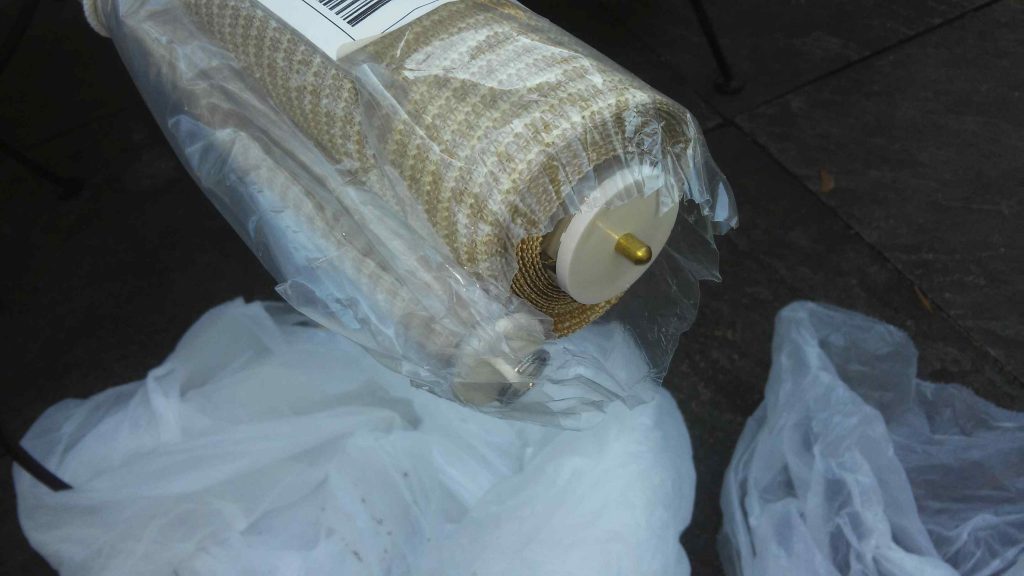 Since I was 10 feet up and working alone, I put some temporary screws into the porch and hung the screen loosely using rope. Once I had the left hanger in place, I was able to hold the screen up to the location of the right hanger and get it marked exactly:
Since I was 10 feet up and working alone, I put some temporary screws into the porch and hung the screen loosely using rope. Once I had the left hanger in place, I was able to hold the screen up to the location of the right hanger and get it marked exactly:
And, VIOLA, first screen went up successfully:
So, a week later, pick up the other two (these were BIG LONG boxes!):
And, same procedure, putting up temporary screws to hold them loosely in place so I could precisely place the hangers:
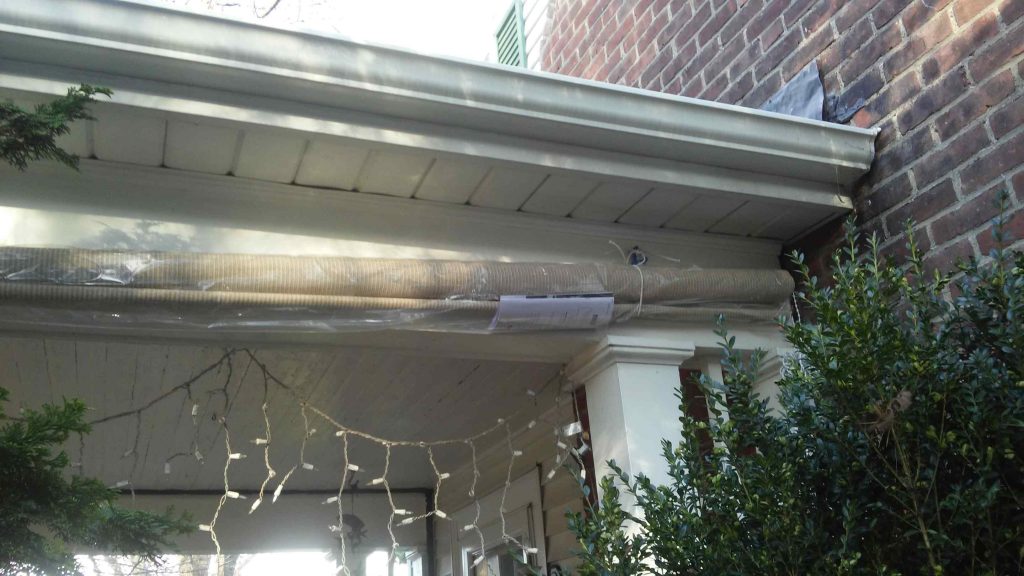
 And on the rear of the house (note, the way the hangers were designed it was NOT easy to get a full set of screws in there, as I wanted 4, not 2, plus I substituted my own stainless screws):
And on the rear of the house (note, the way the hangers were designed it was NOT easy to get a full set of screws in there, as I wanted 4, not 2, plus I substituted my own stainless screws):
They also had these nifty bungee cord tie-downs at bottom to keep the screen in place: 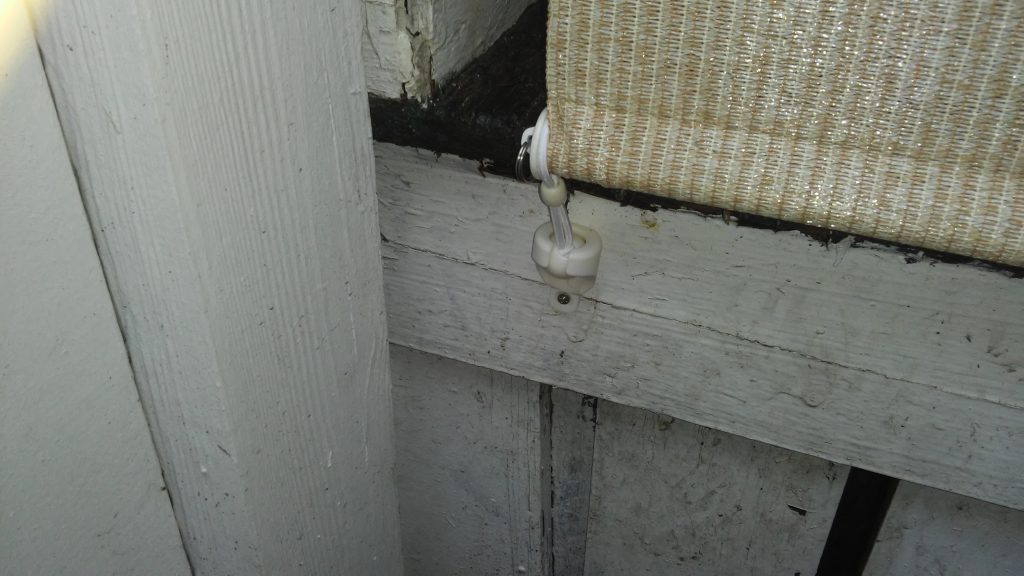
So it was pretty wild dealing with the cold and the height and the various trees and bushes that were endlessly in the way of the ladder but it’s all done, and it’s working to keep snow out and I think it just looks great.

